For someone who are new to remote control planes, all you need to know is here.You may find yourself wondering "What kind of rc plane to start learning how to fly?" or "Where do I begin?" In this vast realm, a myriad of planes await your discovery. But for beginners, pinpointing that perfect starter plane is crucial.Let's delve deep into this topic to help you find that ideal "RC planes for beginners."
If you have a certain understanding of RC planes, but you don't quite understand the concept of channels, you can also first read our blog explaining channels. After reading it, you will have a deeper understanding of which RC plane you should buy.
What RC plane is suitable for me? (Electronic powered)
Depending on your flying skill, there are many aircrafts that you can choose to fly with. To make it easier, let’s go through couple basic things about RC aircrafts.
1. Categories of RC aircrafts
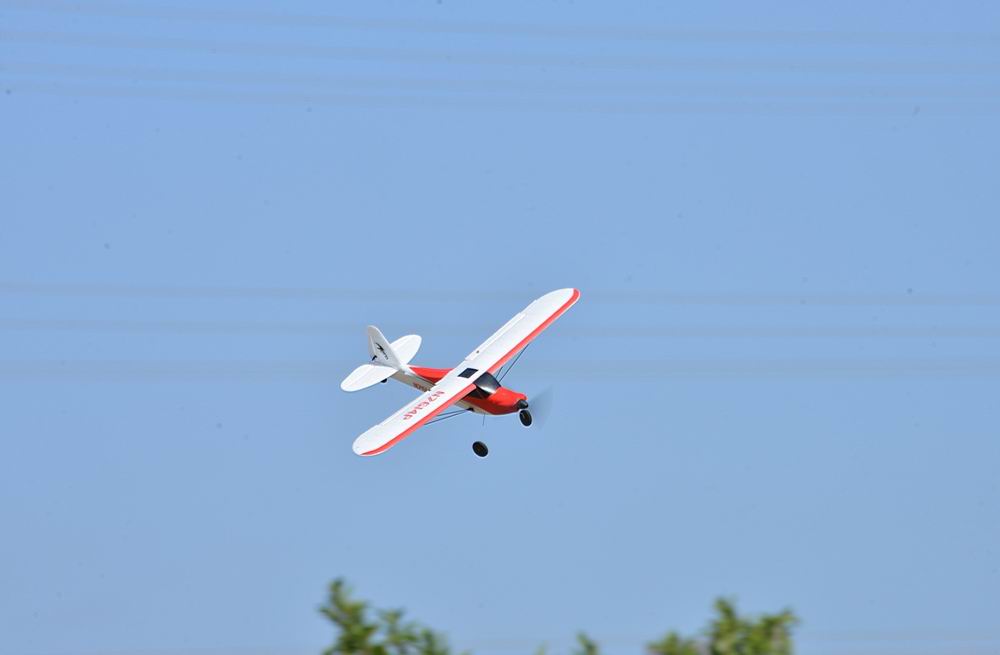
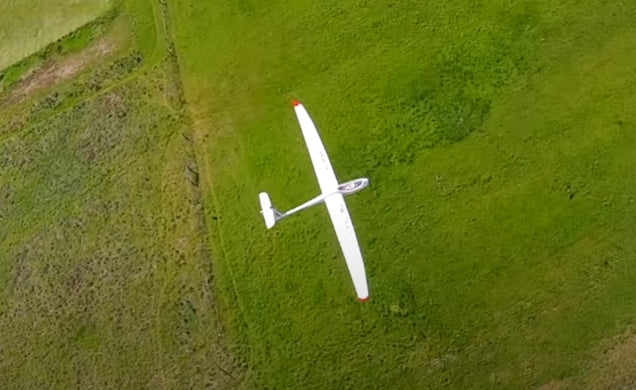
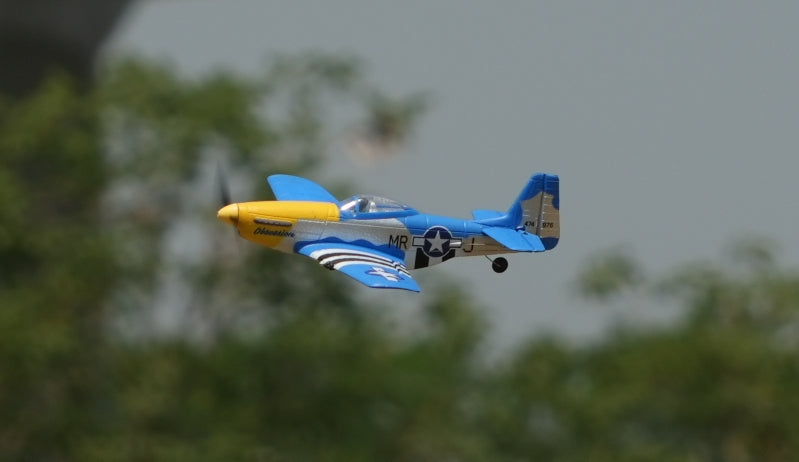
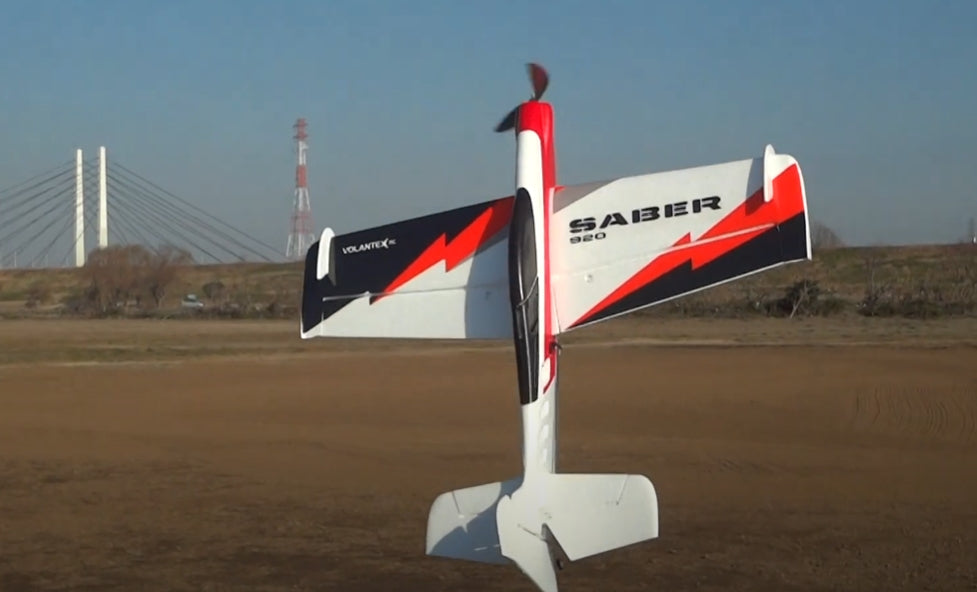
-
3D Aerobatic planes

2. Variations in airplane wing positions
-
Single high wing
Trainstar Mini Beginner Airplane with Xpilot Gyro System
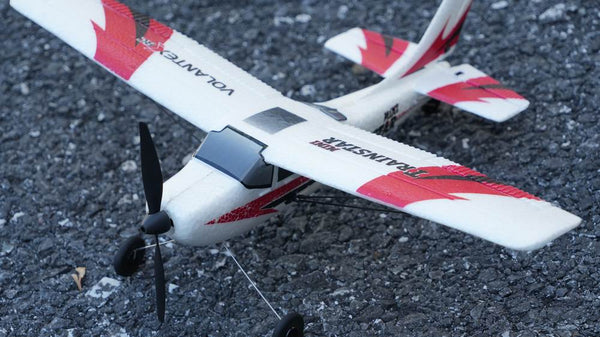
-
Single middle wing
F-16 Fighting Falcon with Cool Lights for Beiftginners

-
Single low wing
F4U Corsair WWII Airplanes with Xpilot Stabilization System
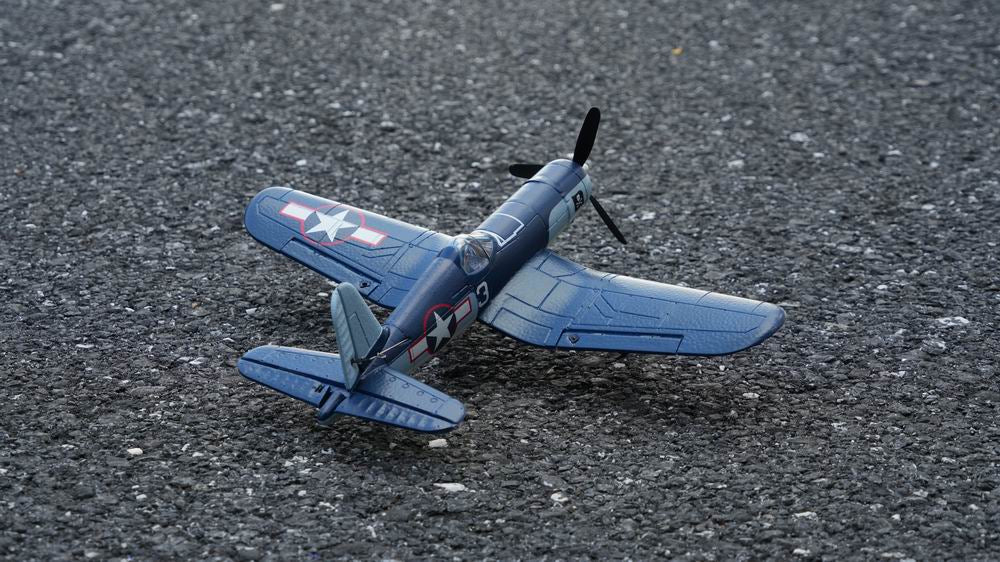
-
Double wings
3. Different control channels RC airplanes
-
2 Channels RC Planes for kids

-
3 channels RC Airplanes for Beginners
Sport Cub S2 Remote Control Airplane for Beginners

-
4 Channels Remote Control Planes for experience pilot
VOLANTEXRC P51D Mustang 4Ch Beginner RC Airplanes

-
5 Channels
Another feature flap is activated, which is used for better landing and take-off. Normally it is available on larger aircrafts. However, the 5th channel can also be some other features, such as camera switch, landing gear retract switch, you name it. So, basically, when it talks about 5 channels, it means the pilot has known pretty much about RC aircraft, and getting more optional features for more entertainments.
Phoenix 2400 5 Channel Glider with 2.4 Meter Wingspan
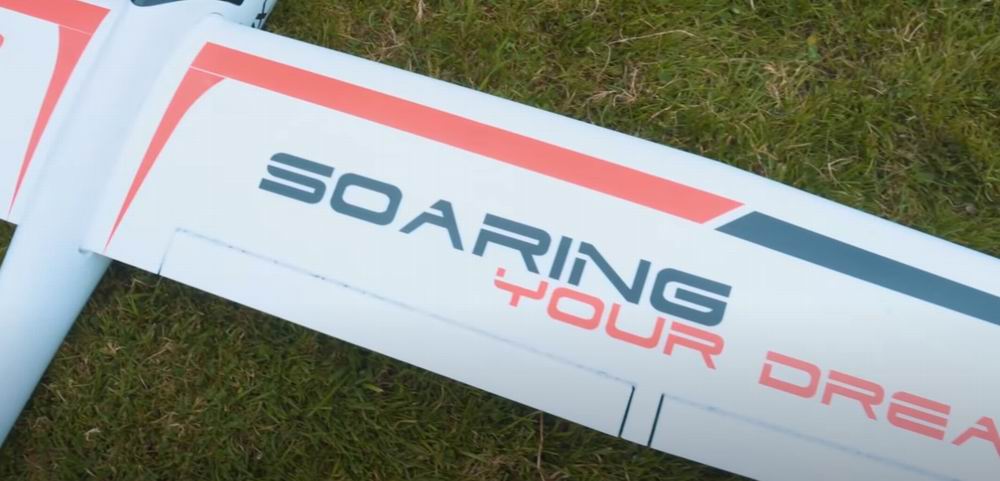
4. Different completion levels
A range of completition levels is made for different pilots with different equipments or demands. From a basic kit where you choose what items you choose to complete your aircraft, to ready-to-fly aircraft with everything needed in the box. You can always find the completition levels in a purchasing page or catagory with different costs. The levels are consist of:
- KIT
Only the raw components of the aircraft frame without any assembly or electronic part. Basically, it is for enthusiasts’ maximum DIY works.
Recommendation Rating For Beginner:⭐☆☆☆☆
- BNF - Bind'N'Fly.
- ARTF - Almost ready to fly.
- RTF - Ready'-To-Fly,
- RTF Pre-installed
5. What Power systems to choice.
- Direct-drive brushed motor
It is the simplest and most common type of motor. It is more used on aircrafts that requires more speed but light weight, such as high speed glider, or a rear pusher glider.
- Gear-box-equipped brushed motor
The gear box slows down the speed, but provides more thrust. Thus it is suitable to use on a front-propeller pulled trainer, to provide enough power with more affordable cost.
- Brushless motor
6. Major materials
- Fiberglass
The very shiny looking appearance is obviously the great advantage of fiberglass. Complicated painting and trim scheme can be shown clearly and sharp on the surface. Although it is considered as a durable material in other industries, for RC airplane which could be easy to crash seriously, it is still too easy to break and expensive.
- Balsa wood
- ABS/PP plastic
- EPO foam
- EPS foam
- EPP foam
Summary for above materials(roughly for reference);
Appearance - Fiberglass, Balsa wood > EPS > Plastic, EPP, EPO
Durability - Balsa wood, Plastic > EPP, EPO > EPS, Fiberglass
Flexibility - EPP > EPO > Balsa wood, Plastic, Fiberglass, EPP
Weight(Order from heavest) - Fiberglass, Plastic > Balsa wood, EPO > EPS, EPP
(Regarding the material on remote control aircraft, you can learn about it from a video : RC Plane Building Materials. Although it is older, the introduction is very detailed and is very helpful for novices to understand.)
7. Stabilizer technology assists
Feel no shame on using technology to help yourself learn to fly hobby RC aircrafts. A trustable “buddy” is a very good safe, and gives more confidence during flights. Some well-known systems have helped many rookies to grow up rapidly to experienced pilots, such as SAFE by Horizon Hobby, PASS by Rage RC, X-PILOT by Exhobby, et cetera.Most assist systems have level switches to allow pilots choose to use assist system or manual control, keeping the original flying fun.
If you want to learn some techniques for flying a rc airplane, you can learn it in this video:LEARN TO FLY an RC AIRPLANE 🏅.By the way, the Sport Cub 500 shown in the video is launched by Volantex, you can check its information here.
8. Wingspan sizes
-
Smaller than 50cm
-
Between 50cm to 80cm
-
Between 80cm to 140cm
-
Between 140cm - 200cm
-
Bigger than 200cm
9. Motor positions
-
Front motor
It is the most traditional structure that is used for most aircrafts, which provides great thrust efficiency. Constructed with proper propeller, it can either give high torque force or high horse power.
-
Middle motor
For FPV (first person view) flight, a front motor with propeller is obviously not a good solution in front of the camera. Therefore, a middle motor constructed at the position nearby the mainwings is a better choice, although it will sacrifice some thrust efficiency.
-
Rear motor
Mostly, it is designed for mordern ducted-fan jets, for higher speed flight with the triangle structure.
10.More tips before putting in the air
Before getting in the air, let’s cool down and learn some facts. Although we have many aircrafts designed beginner-friendly, with improved durable material, light weight and most importantly, the patented X-PILOT gyro stabilizer assist system, we still think there is important and valuable to purchase simulator software.
Secondly, you must make sure to fly in a vast area without signal interference(such as CCTV), important priorities or crowded people. An area of wide lawn or grassland is ideal to avoid all these damages, and to well protect the aircraft itself from heavy landing or crash.
Needing more helps? We have freindly staff at your service to answer your questions and provide professional advices. There are also many experienced pilots in our community who would love to discuss all kinds of RC relative stuffs, and help to solve RC tricky issues.

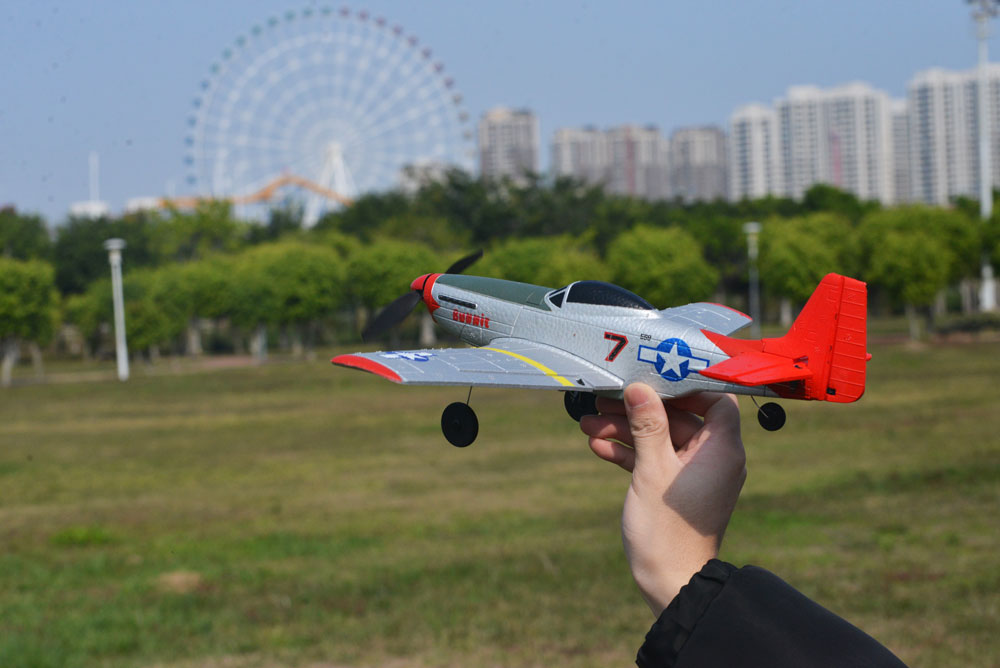


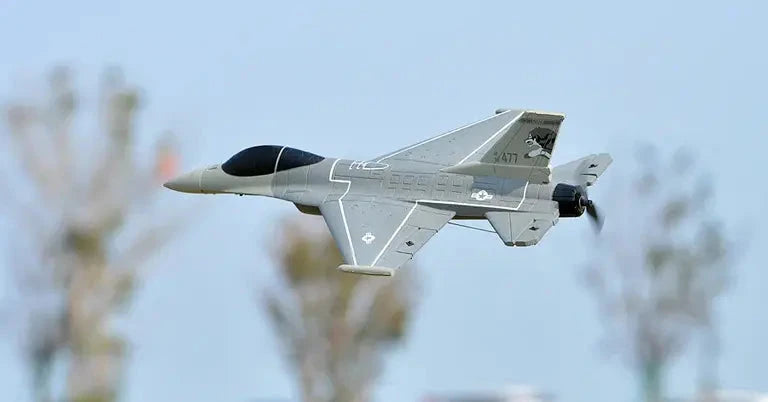
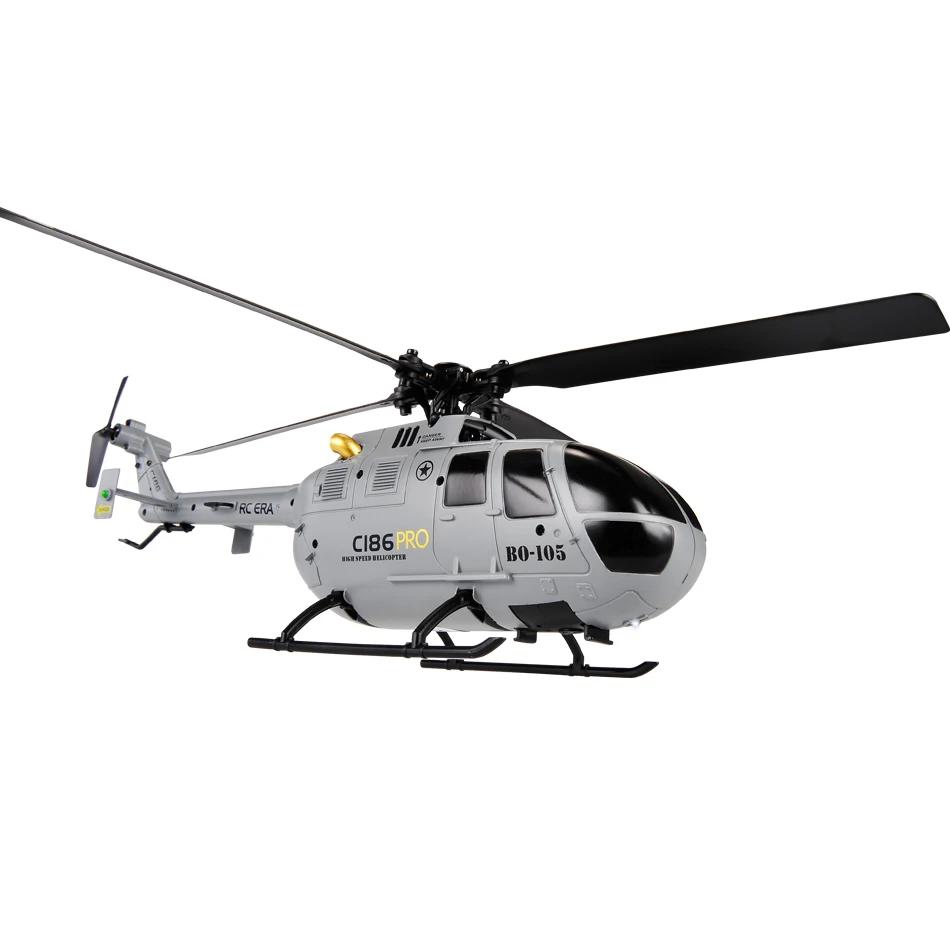
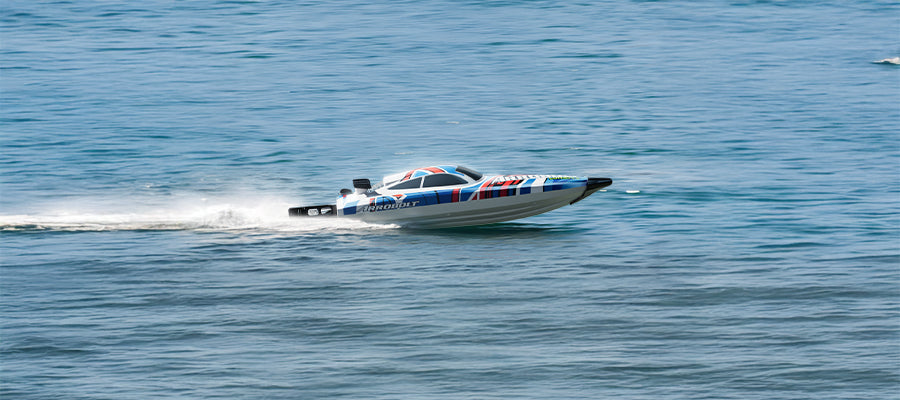
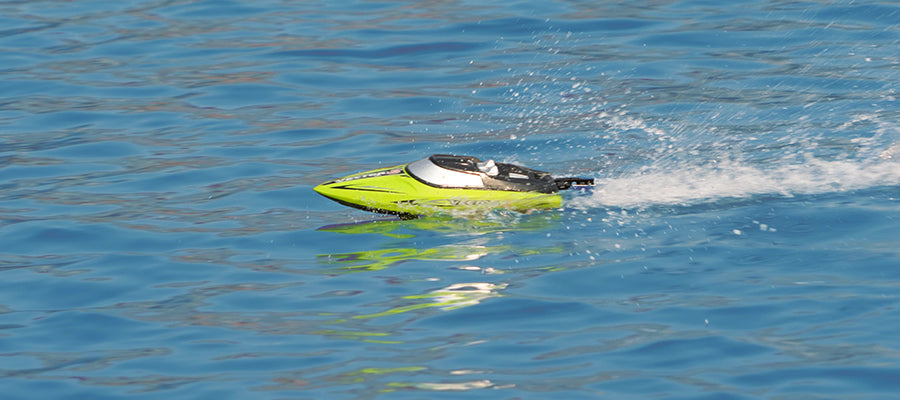
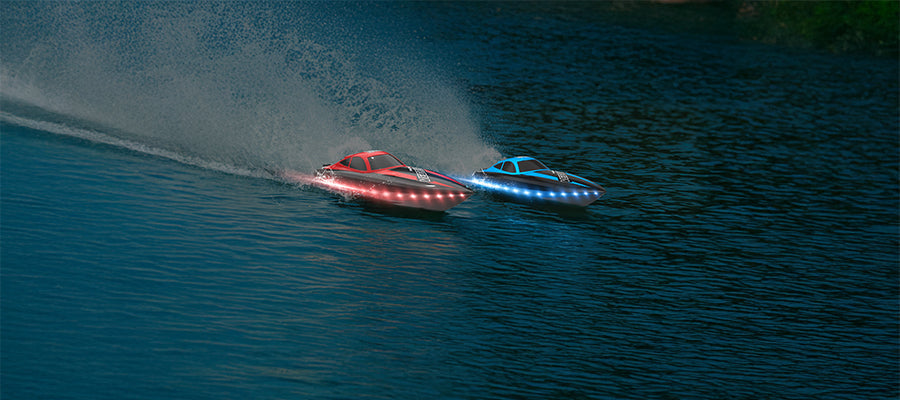
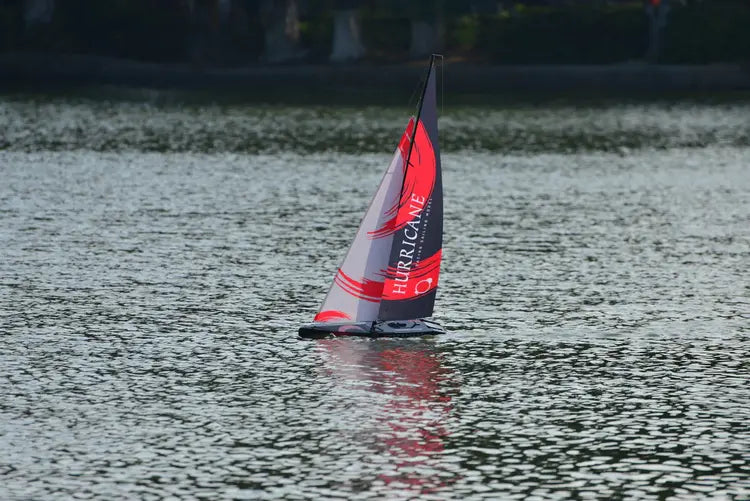

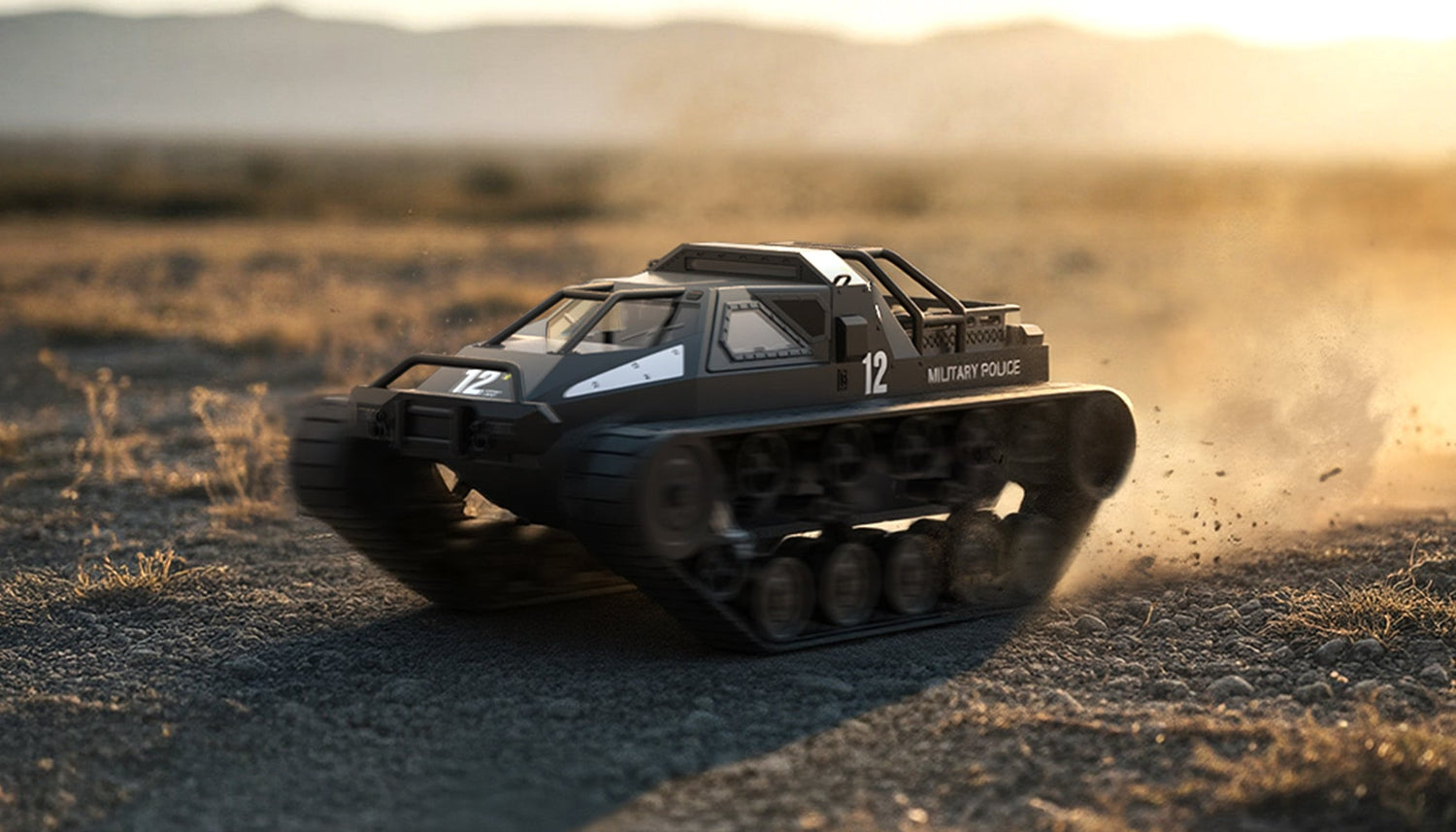
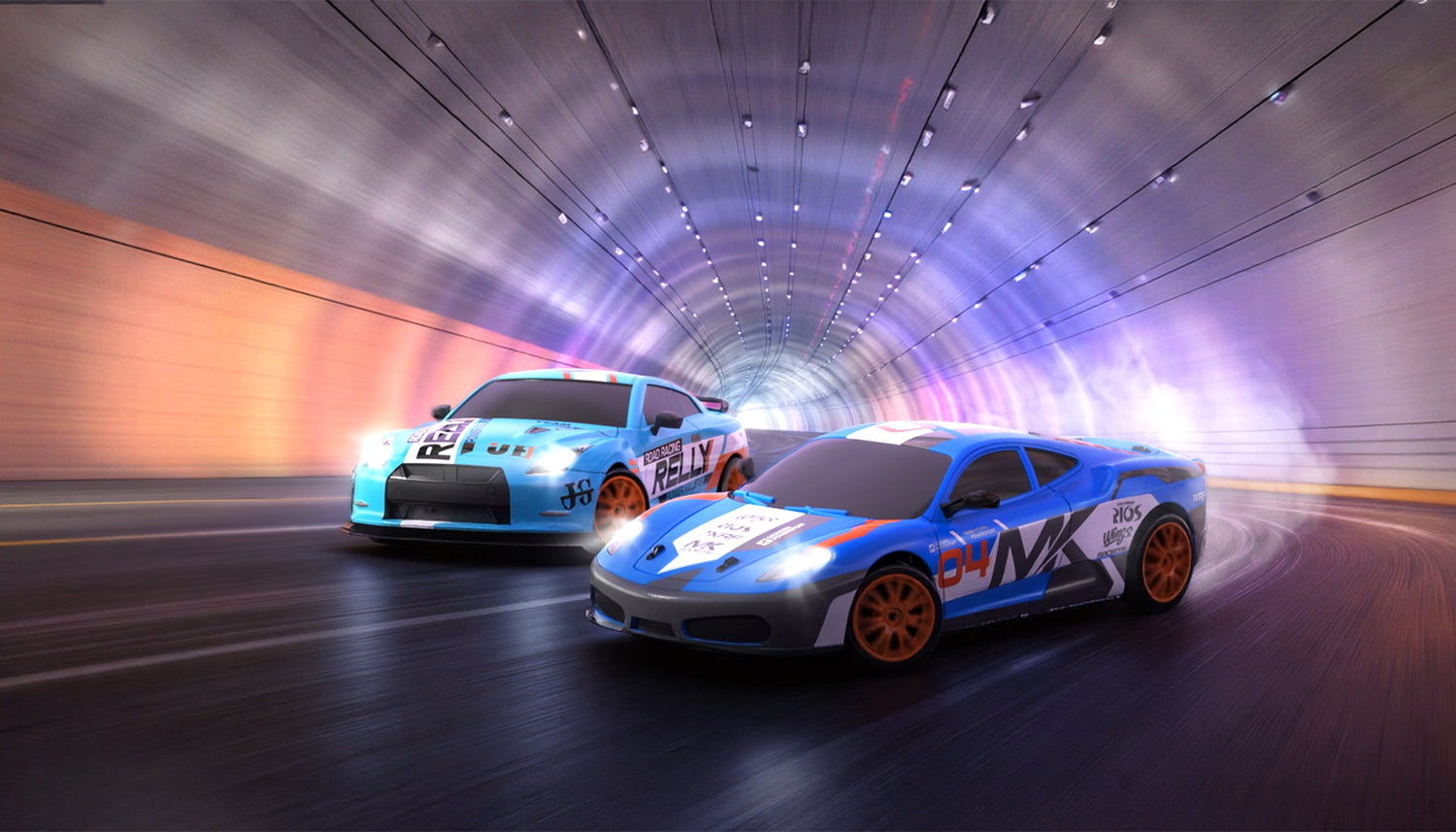


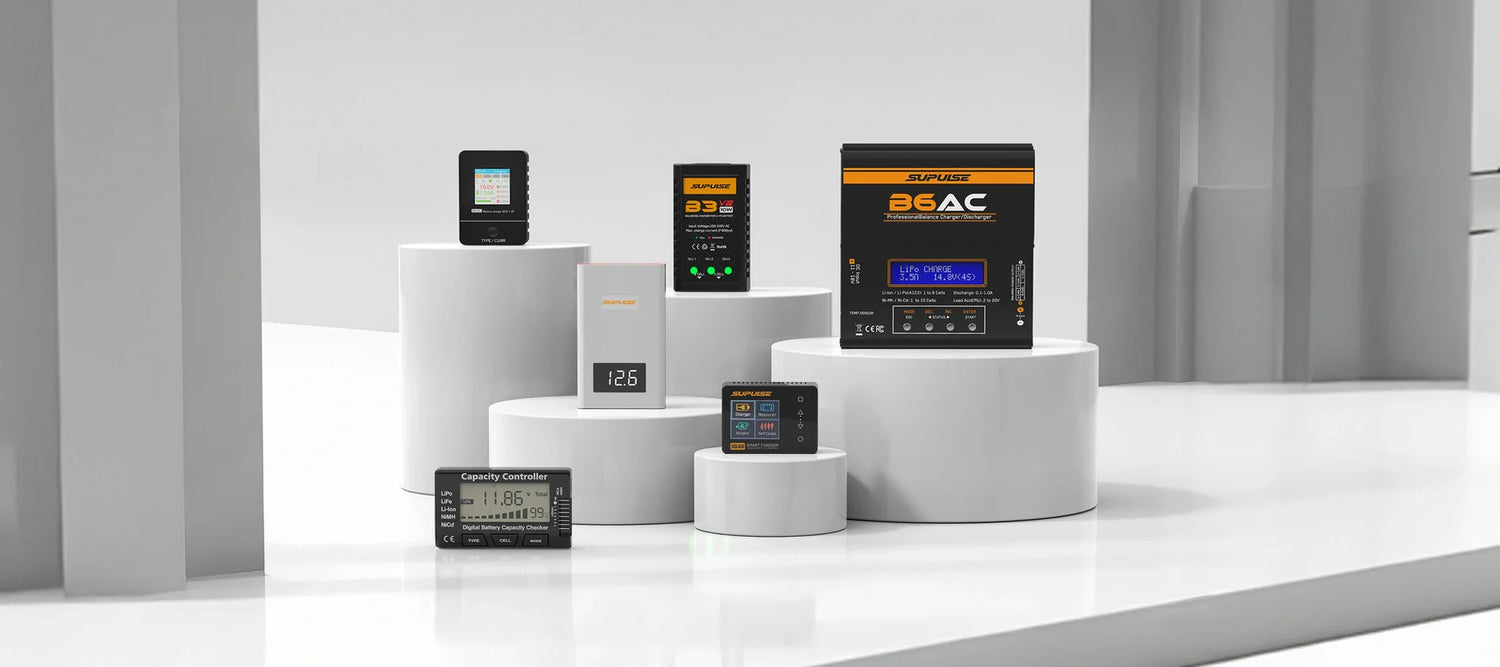
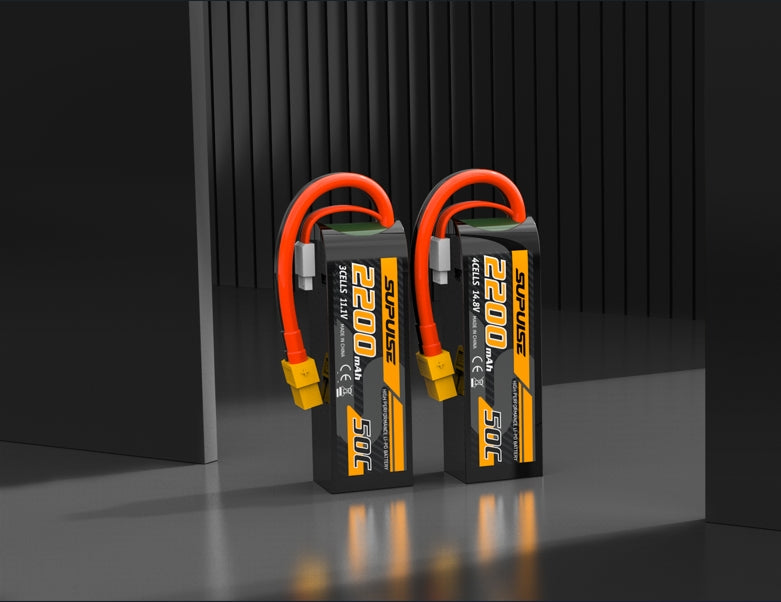
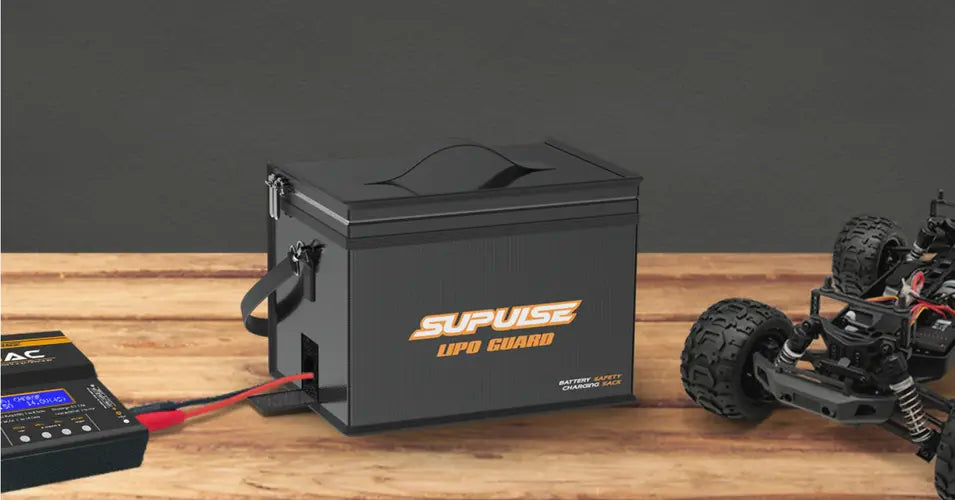
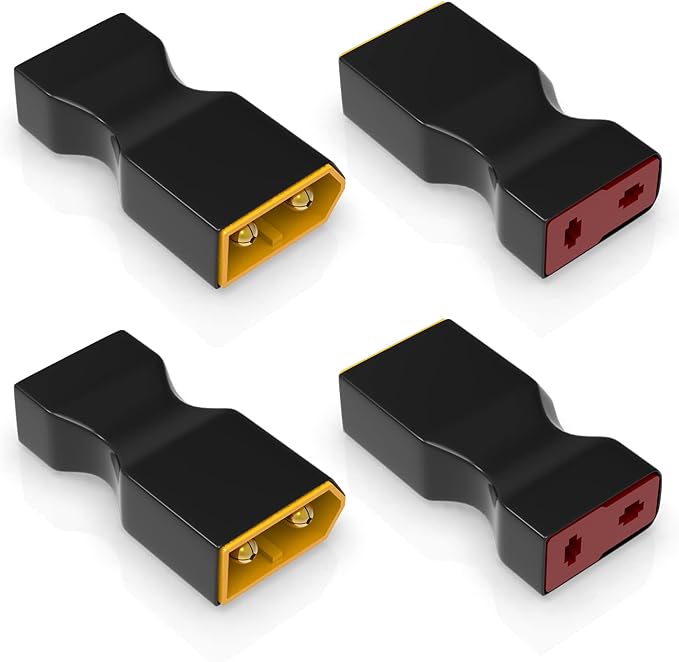


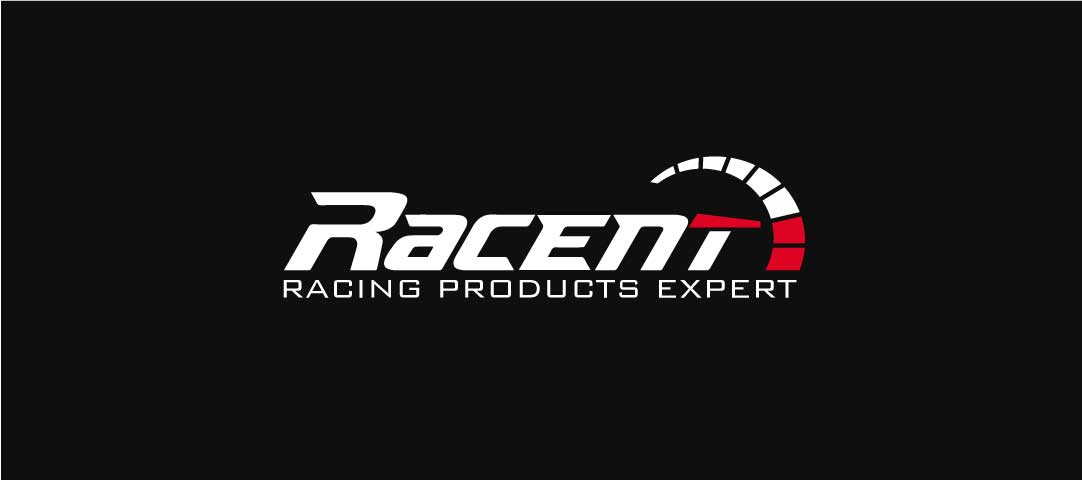


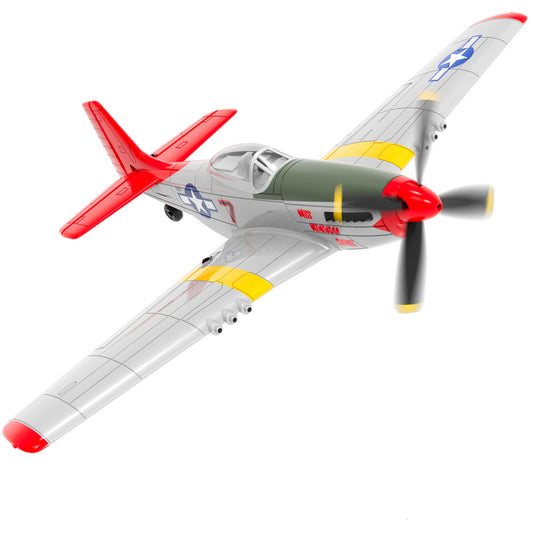
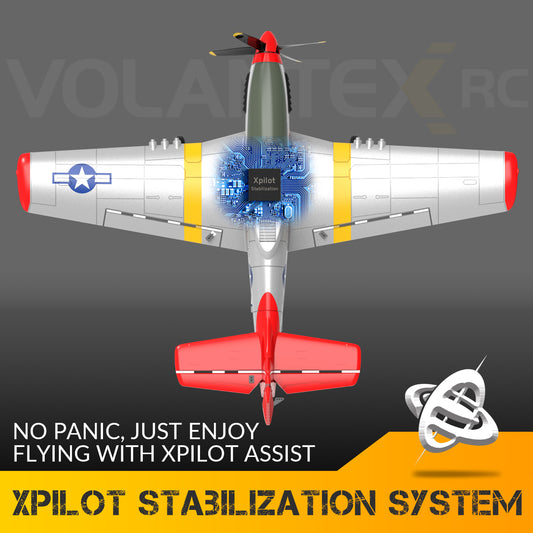
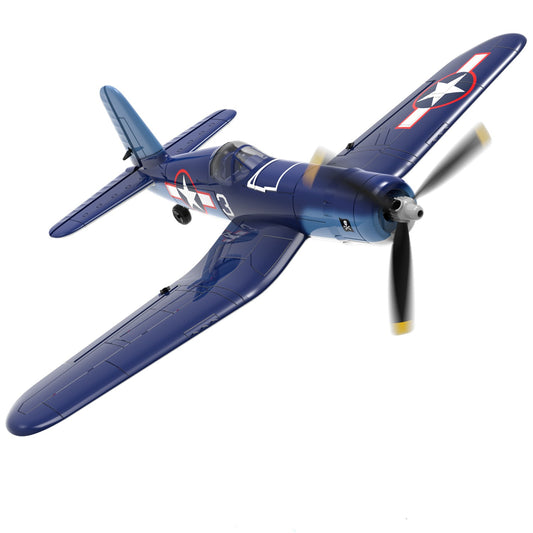
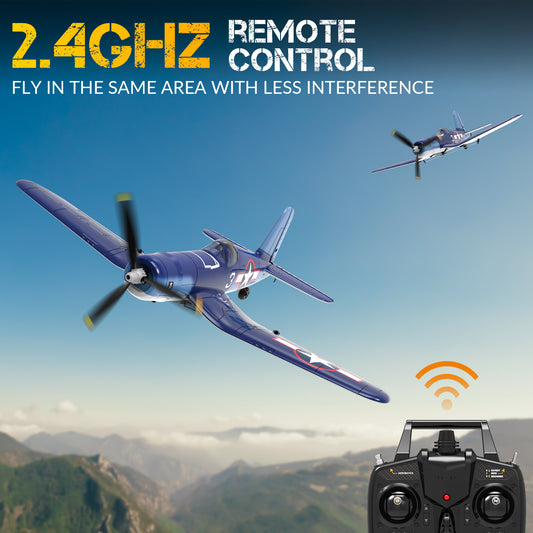
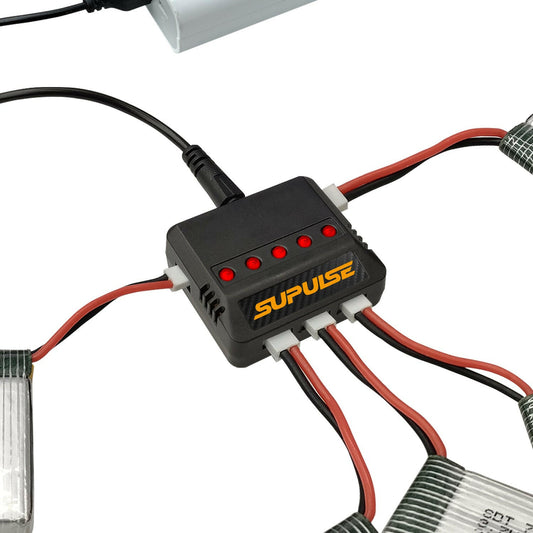
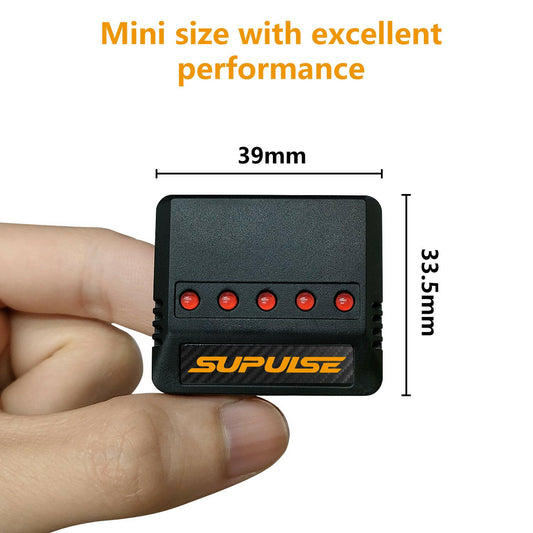
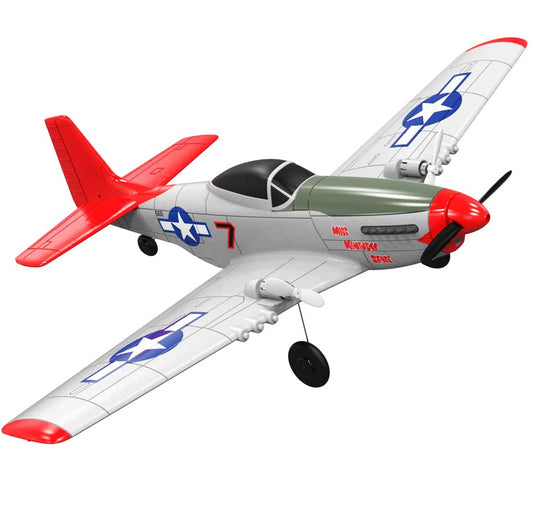
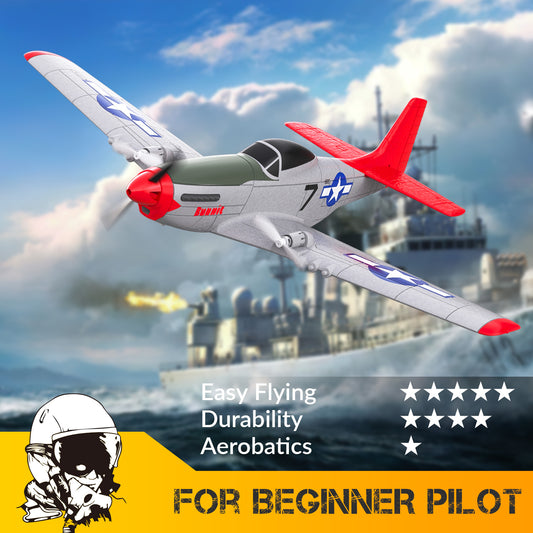
1 comentario
I want a RTF P-19!
Any available?
Please advise
Thank you
Great article